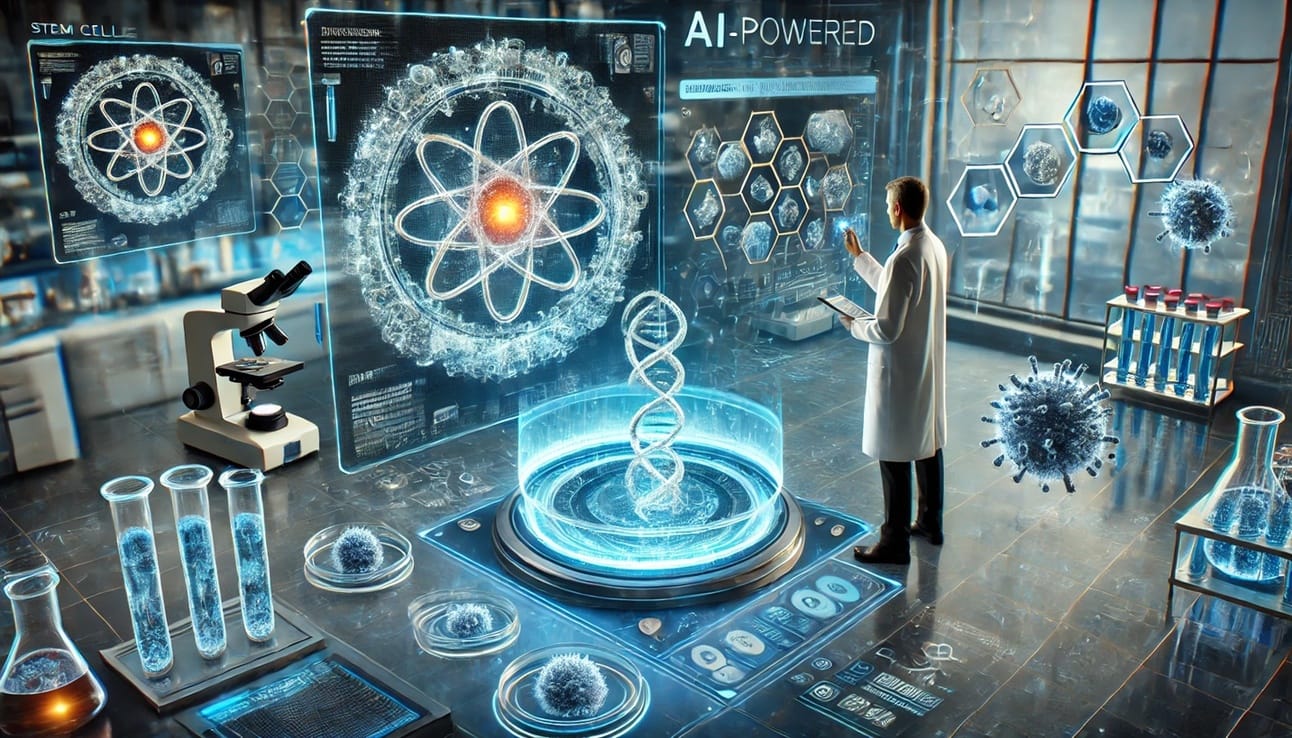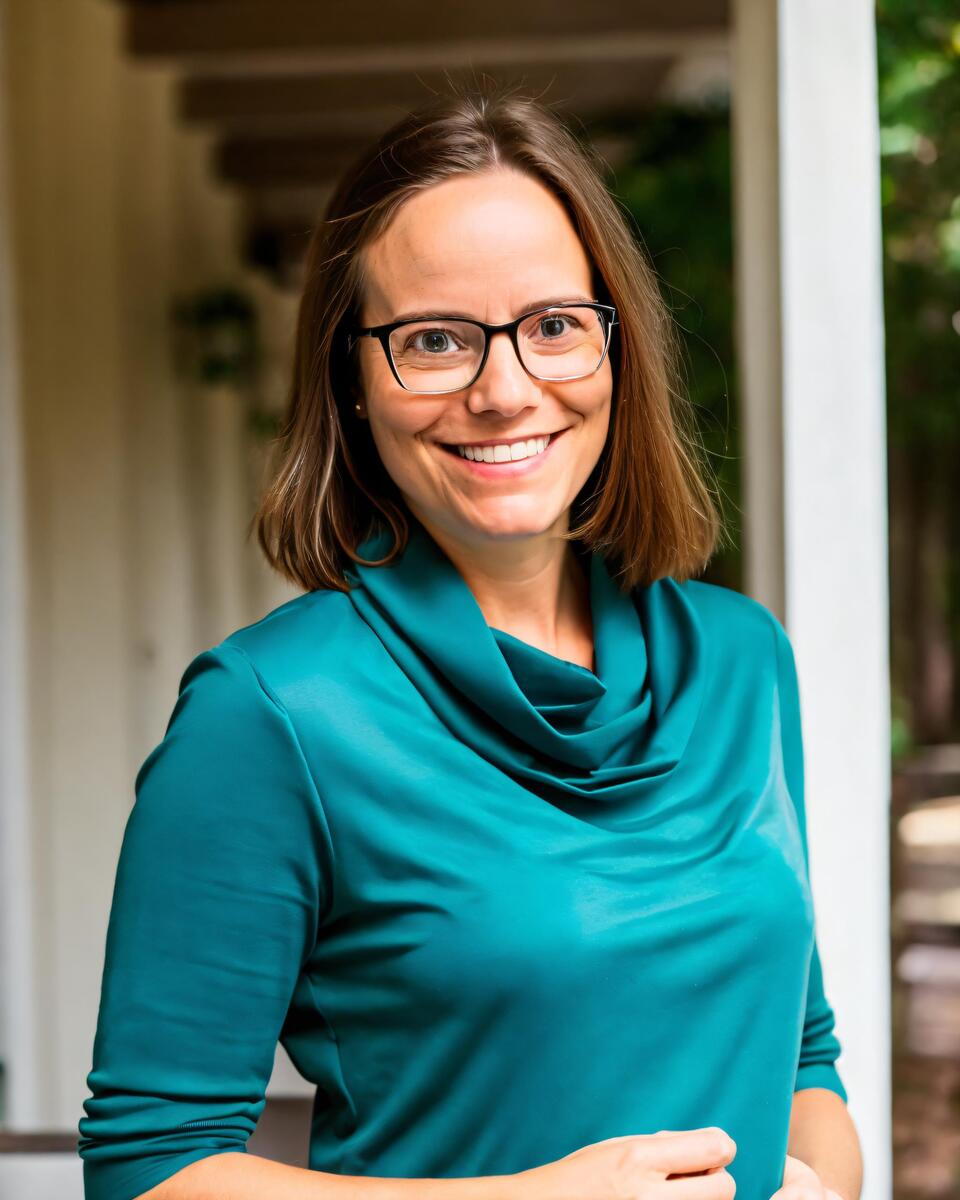
Image Source: ChatGPT-4o
OpenAI’s AI Model for Longevity Science Could Revolutionize Stem Cells
OpenAI has entered the scientific discovery arena with an AI model designed to advance longevity research by engineering proteins to enhance stem cell creation. This marks the company’s first foray into biological data and showcases AI’s potential to contribute to groundbreaking science.
Building on the legacy of tools like Google DeepMind’s AlphaFold, OpenAI’s new model, GPT-4b micro, focuses on designing proteins capable of turning regular cells into stem cells. These stem cells hold transformative potential for generating replacement tissues, rejuvenating organs, and extending human lifespan.
A Step Toward Artificial General Intelligence (AGI)
This development aligns with OpenAI CEO Sam Altman's vision. As he stated, “Superintelligent tools could massively accelerate scientific discovery and innovation well beyond what we are capable of doing on our own.”
The effort began in 2023 when Retro Biosciences, a longevity research firm funded by Altman, approached OpenAI. Retro specializes in studying Yamanaka factors—proteins that reprogram skin cells into versatile stem cells. However, this reprogramming process is inefficient, with less than 1% of cells successfully transforming.
This breakthrough is considered a step toward AGI because it highlights AI’s ability to generate novel scientific insights, address complex biological challenges, and enhance human productivity. By successfully designing more effective Yamanaka factors, the model demonstrates its potential for generalizable reasoning and innovation across disciplines—key milestones in the journey toward AGI.
GPT-4b Micro’s Role in Protein Engineering
OpenAI’s GPT-4b micro suggests ways to improve the functionality of Yamanaka factors. Retro scientists applied the model’s ideas, resulting in two of the Yamanaka factor proteins becoming over 50 times more effective than their original forms in preliminary tests. “The proteins seem consistently better than what the scientists were able to produce by themselves,” said OpenAI researcher John Hallman.
Unlike AlphaFold, which predicts protein structures, GPT-4b micro was designed to reimagine protein sequences. Trained on protein data from various species and their interactions, the model uses “few-shot” prompting, where researchers provide examples with answers to guide its suggestions.
While genetic engineers can direct the evolution of molecules in the lab, the number of possibilities they can test is limited. A single protein, composed of hundreds of amino acids—each with 20 possible variations—can be altered in nearly infinite ways.
OpenAI’s model, however, often generates suggestions with significant changes, modifying up to a third of the amino acids in the proteins.
Retro CEO Joe Betts-Lacroix described the results as “unusually good,” noting that the model’s suggestions often included substantial improvements. However, details on how the AI arrives at its conclusions remain unclear, a challenge common in advanced AI systems.
Scientific Impact and Industry Implications
While OpenAI and Retro plan to publish their findings, the model is not yet available for public or commercial use. “This project is meant to show that we’re serious about contributing to science,” said OpenAI’s Aaron Jaech. However, whether the technology will be released as a standalone model or integrated into broader AI systems is yet to be determined.
Experts like Harvard aging researcher Vadim Gladyshev see promise in the work. “For us, it would be extremely useful. [Skin cells] are easy to reprogram, but other cells are not,” he says. “And to do it in a new species—it’s often extremely different, and you don’t get anything,” he said.
Ethical Considerations and Altman’s Influence
The collaboration raises questions about Altman’s dual role as OpenAI CEO and Retro’s primary investor, given his $180 million funding of the latter. Critics argue that Altman’s expansive investments in private startups risk potential conflicts of interest. OpenAI maintains that Altman was not directly involved in the project and that its decisions are independent of his personal ventures, adding that no money changed hands in the collaboration.
Despite the ethical concerns, the association with OpenAI and AGI research has boosted Retro’s visibility. This could help the company attract talent and secure funding, though Retro declined to comment on current fundraising efforts.
Looking Ahead
OpenAI’s protein engineering model highlights the potential of AI to drive scientific breakthroughs. While still in its early stages, this project signals a future where AI could redefine biological research and longevity science. By enhancing stem cell production, the technology may open doors to therapies once thought impossible.
What This Means
OpenAI’s pivot to biology underscores AI’s versatility and its promise for reshaping science. If successful, this breakthrough could revolutionize regenerative medicine and position AI as a critical tool for solving humanity’s most complex challenges.
Editor’s Note: This article was created by Alicia Shapiro, CMO of AiNews.com, with writing, image, and idea-generation support from ChatGPT, an AI assistant. However, the final perspective and editorial choices are solely Alicia Shapiro’s. Special thanks to ChatGPT for assistance with research and editorial support in crafting this article.
